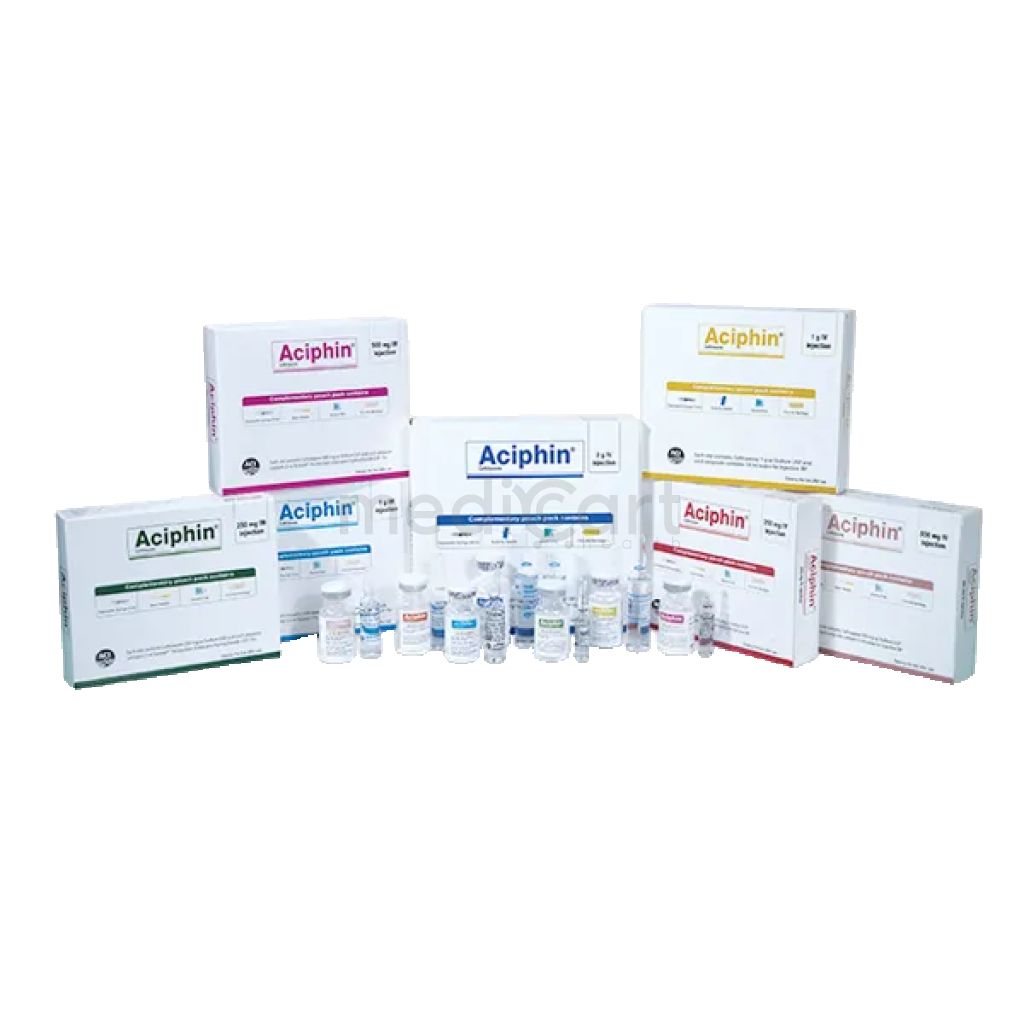

Topicort 10gm Cream - 0.01
Cream* Delivery will be done in Dhaka city only.
Alternative Product
More Information About - Topicort 10gm Cream - 0.01
Description
Generic Name
Hydrocortisone Acetate 1% Topical
Precaution
Chronic topical corticosteroid therapy may interfere with growth and development in children Use lower potency in children; may absorb proportionally larger amounts after topical application and may cause systemic effects Occlusive dressings, prolonged use, application to large surface areas, or application to denuded skin, may increase percutaneous absorption, which may result in Cushing syndrome, glycosuria, and hyperglycemia Prolonged use may increase risk of Kaposi's sarcoma Prolonged use may increase risk of secondary infection, may mask acute infection, limit response to vaccines, and prolong or exacerbate viral infections; avoid exposure to measles or chickenpox while receiving therapy; not for the treatment of ocular herpes simplex, cerebral malaria, fungal infections, or viral hepatitis; observe patients with latent tuberculosis closely; restrict use in active tuberculosis Allergic contact dermatitis may occur; diagnosed as failure to heal rather than exacerbation; discontinue therapy and treat appropriately if it occurs Local desensitization (irritation, redness) reported; discontinue if it occurs Use caution in patients with diabetes, cardiovascular disease, hepatic impairment, myocardial infarction, myasthenia gravis, osteoporosis, ocular disease, renal impairment, or thyroid disease
Indication
Corticosteroid-responsive dermatoses, Contact allergic dermatitis, Eczema - atopic; infantile; discoid; stasis, Seborrheic dermatitis, Skin irritations, itching and rashes, for example those caused by insect bites, minor thermal burns, sunburn, etc.
Contra Indication
Viral/fungal infections, tubercular or syphilitic lesions, bacterial infections unless used in conjunction with appropriate chemotherapy.
Dose
N/A
Side Effect
Skin atrophy,Striae,Acneform lesions,Perioral dermatitis,Folliculitis,Itching,Pigmentation changes,HPA suppression (with higher potency used >2 wk)
Pregnancy Category
Name : Not Classified
Description
FDA has not yet classified the drug into a specified pregnancy category.Mode of Action
Hydrocortisone is a corticosteroid used for its anti-inflammatory and immunosuppressive effects. Its anti-inflammatory action is due to the suppression of migration of polymorphonuclear leukocytes and reversal of increased capillary permeability. Decreases inflammation by stabilizing leukocyte lysosomal membranes, preventing release of destructive acid hydrolases from leukocytes Inhibits macrophage accumulation in inflamed areas Reduces leukocyte adhesion to capillary endothelium Reduces capillary wall permeability and edema formation Decreases complement components and antagonizes histamine activity and release of kinin from substrates Reduces fibroblast proliferation, collagen deposition, and subsequent scar tissue formation
Interaction
N/A
Pregnancy Category Note
Pregnancy There are no adequate and well-controlled studies in pregnant women on teratogenic effects from topically applied corticosteroids; corticosteroids generally teratogenic in laboratory animals when administered systemically at relatively low dosage levels; topical corticosteroids should be used during pregnancy only if potential benefits justify potential risk to fetus; should not be used extensively on pregnant patients, in large amounts, or for prolonged periods of time Lactation Not know whether topical administration could result in sufficient systemic absorption to produce detectable quantities in breast milk; systemically administered corticosteroids are secreted into breast milk in quantities not likely to have deleterious effect on infant; nevertheless, caution should be exercised when topical corticosteroids are administered to a nursing woman
Adult Dose
Corticosteroid-responsive Dermatoses Adult: Apply a thin film onto affected area 2-4 times daily. Dosage and treatment duration may vary according to the severity of the condition and patient response.
Child Dose
Atopic Dermatitis <3 months: Safety and efficacy not established >3 months: Apply film to affected area q12hr Corticosteroid-responsive Dermatoses Apply q6-12hr Dosing considerations Limit to the minimum amount necessary for therapeutic efficacy
Renal Dose
N/A
Administration
N/A
Disclaimer
The information provided herein are for informational purposes only and not intended to be a substitute for professional medical advice, diagnosis, or treatment. Please note that this information should not be treated as a replacement for physical medical consultation or advice. Great effort has been placed to provide accurate and comprehensive data. However, Medicart along with its authors and editors make no representations or warranties and specifically disclaim all liability for any medical information provided on the site. The absence of any information and/or warning to any drug shall not be considered and assumed as an implied assurance of the Company.



